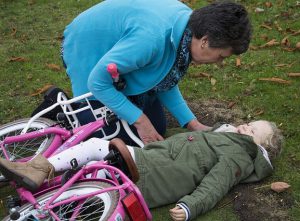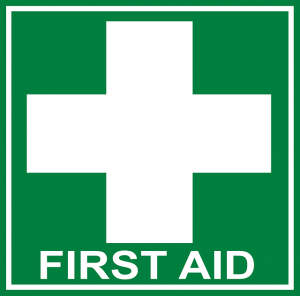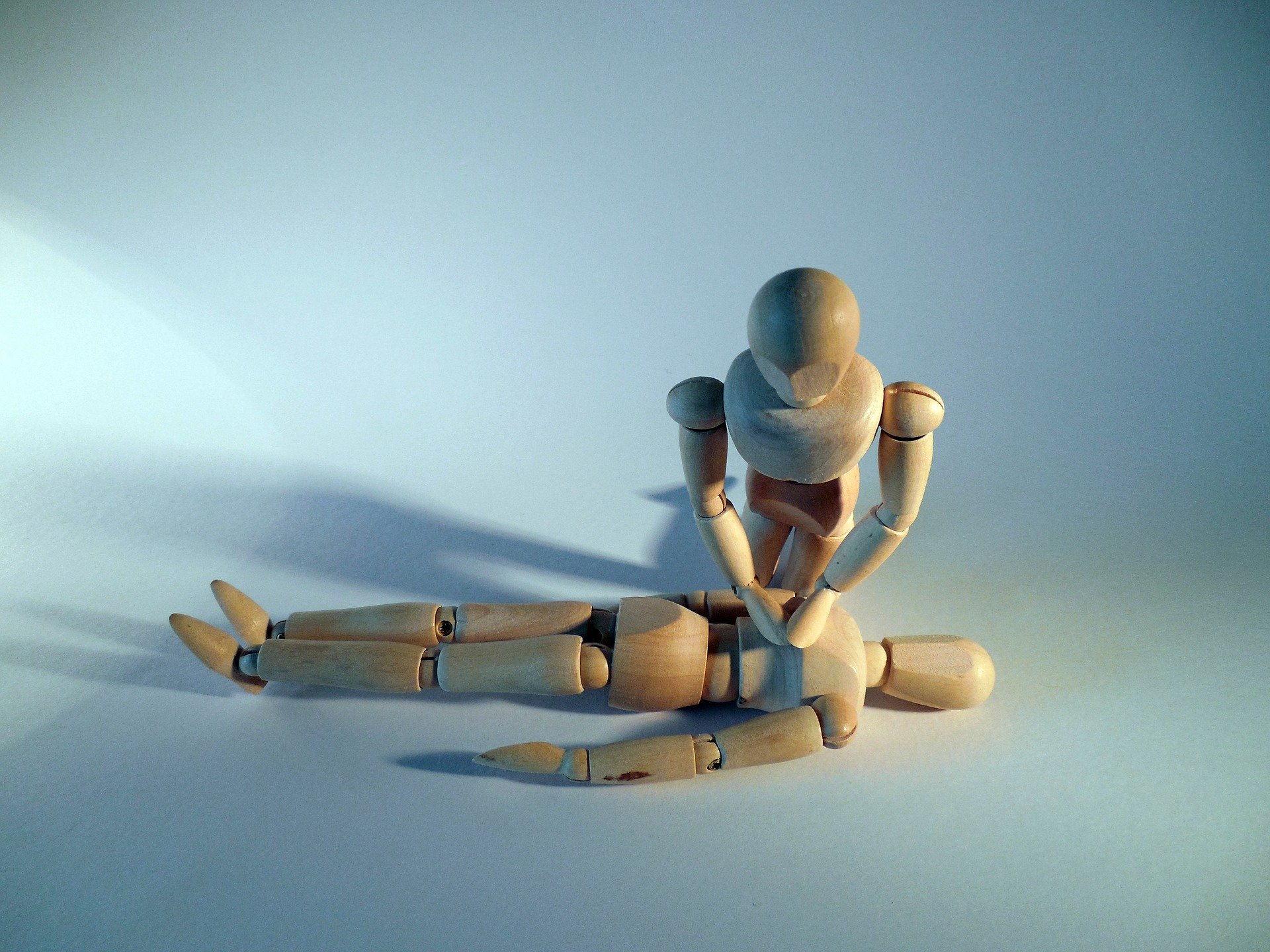You can never know when someone’s life might be depending on you, and this is precisely why learning the basics of the first aid is so important. It is important to learn to assess an injury, perform a CPR or help someone with a seizure since sometimes our actions can be the only thing standing between life and death.
Learning even the mere essentials of first aid will help you ascertain the nature of the person’s physical or mental distress quickly and effectively. Of course, you should never neglect the fact that calling the ambulance is fundamental in this kind of situations.
Acting Fast
Even though nobody is really prepared for accidents, you need to remember to decide swiftly. Acting fast in these situations is crucial and can contribute to saving someone’s life. Once you are certain that the person in question needs medical help, call an ambulance or yell for help.
Being realistic about your capability to provide medical help is rational, but nothing is stopping you from picking up your phone and dialing the local emergency telephone number. Once you have done this, you can stay online with an operator who can talk you through the first aid procedure or you can try to help them on your own.
Assessing The State Of The Person

It is only natural to be afraid when the circumstances are beyond your control and you are expected to help a person. However, staying composed might mean the difference between life and death. Put your fear aside, and start assessing the state in which that person is.
Start by calling their name to check if they are conscious or not. This way you will be able to decide on the potential next step in providing first aid before the paramedics arrive. Identify the type of emergency you are dealing with, be it an injury, choking, overdose or a heart attack, in order to act properly!
Performing CPR
If you have established that the person is unconscious or isn’t breathing, make sure that the area around is safe and approach him or her. Start performing CPR or Cardiopulmonary resuscitation even if you are not trained.
Position the unconscious person on a firm and stable surface laying on his or her back. Place one hand over another and interlock fingers right on the chest with your elbows straight and start compressing.

Don’t forget to check if the airway is clear and tilt the head backward.
Chest massages or chest compressions are very helpful in maintaining a person without a pulse alive. Press anywhere between 100 and 120 times per minute with your hands.
On the other hand, if you feel comfortable performing a proper CPR before the medics arrive, make sure you press 30 times and give the person two deep breaths to stimulate respiration. Use your fingers to shut their nostrils and perform mouth to mouth by completely covering their mouth with yours. Continue until the professional medical staff has reached your destination.
First Aid Kit
Learn the content of a basic first aid kit as it might help when an unfortunate event occurs. Owning a first aid kit is helpful, but there might be situations when it is out of your reach. What you can do is make sure that you know how to handle an injury with any first aid kit that is accessible to you!

